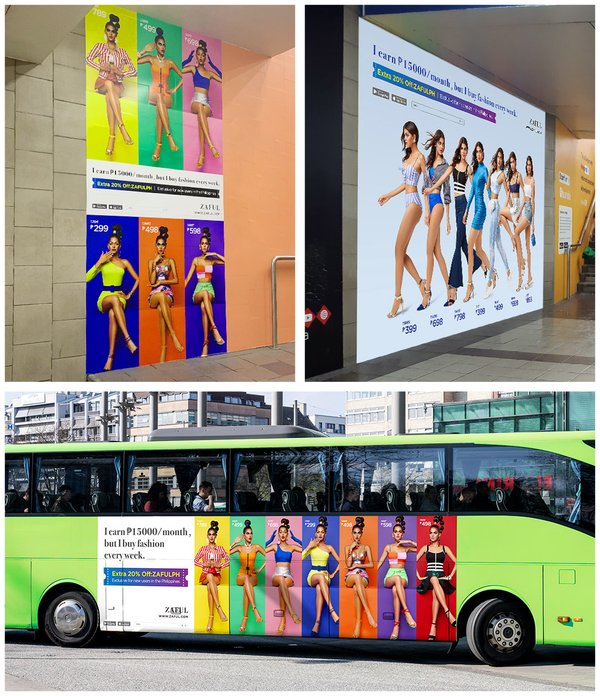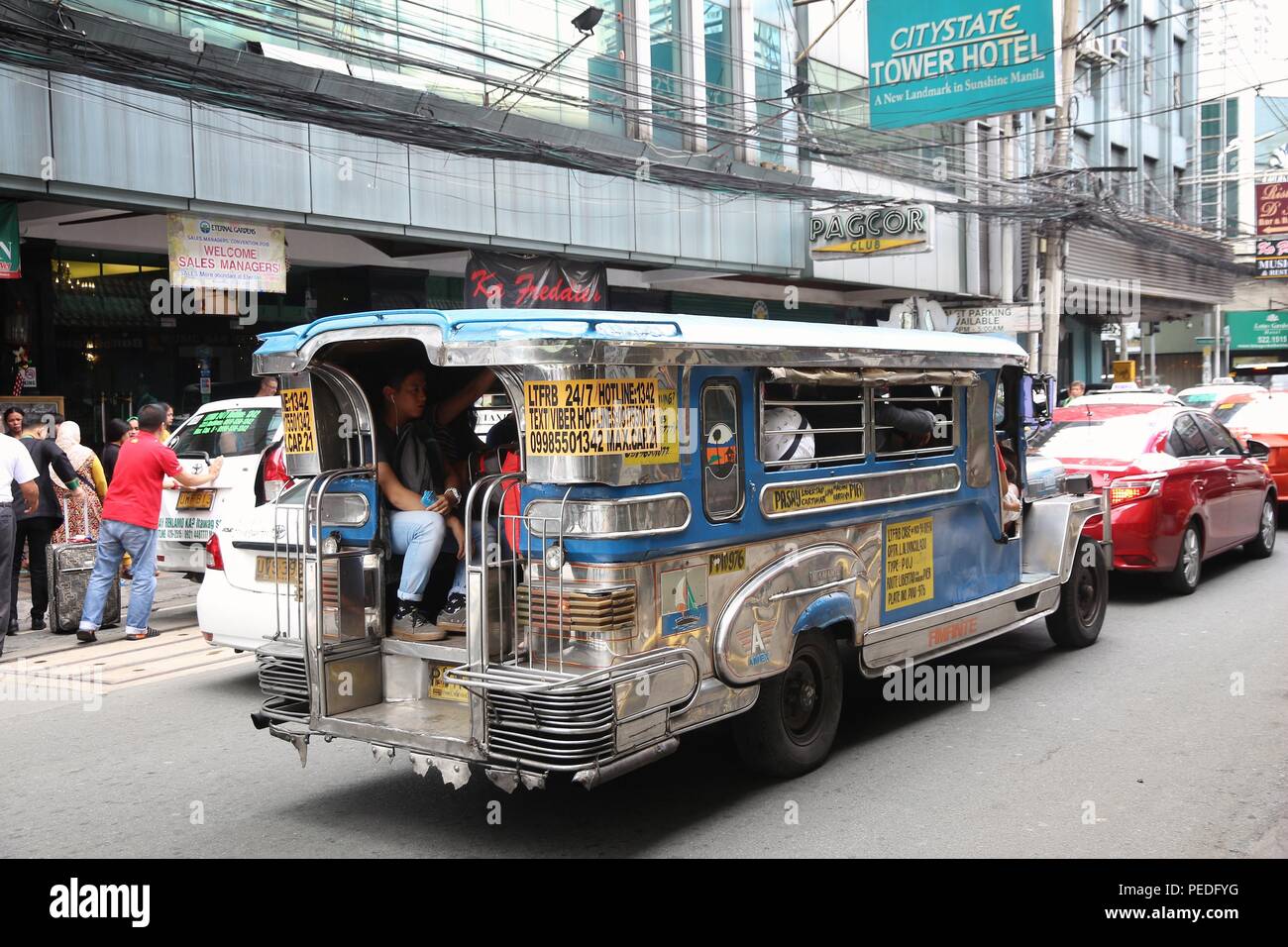Transit Advertising Philippines: A Cutting-edge Way to Market
Wiki Article
Just How Transit Advertising And Marketing Can Transform Public Transport Spaces Into Dynamic Advertising Operatings Systems
Transportation advertising and marketing holds substantial potential to redefine public transportation spaces into vibrant advertising systems that involve and educate. As we discover the complex advantages and progressing approaches of transportation marketing, it raises the question of how this change could redefine our interactions with both brands and the city atmosphere.Advantages of Transit Marketing

Furthermore, transit marketing is highly cost-efficient compared to typical media. It enables advertisers to attain high impressions at reduced costs, maximizing return on financial investment. The captive audience of commuters gives a chance for brands to communicate their messages to people who are usually receptive throughout their travel times.
Moreover, the vibrant nature of transit marketing permits campaigns to be upgraded regularly, guaranteeing that messaging continues to be prompt and relevant. This versatility can be essential in reacting to market trends or marketing occasions, maintaining the brand top-of-mind for consumers. Finally, the prevalent presence of transit advertising contributes to brand name recall; duplicated exposure within familiar travel contexts strengthens brand name recognition and fosters consumer loyalty, inevitably driving sales and improving brand name reputation.
Kinds Of Transit Marketing
Public transport systems give various formats for advertising, each satisfying different marketing strategies and target market engagement approaches. One prominent kind is external bus and train covers, which cover the whole lorry and produce a mobile signboard impact, enabling for high exposure in metropolitan atmospheres. These wraps can catch interest as they pass through busy streets, reaching a varied target market.An additional preferred style is interior advertising, which consists of posters, electronic screens, and advertisements on transportation seats. These placements engage guests during their journey, strengthening brand name messaging in a constrained area. Digital shows, particularly, supply the benefit of dynamic web content, allowing advertisers to upgrade messages in real-time.
Station advertising is additionally considerable, featuring posters, banners, and interactive stands within transit terminals. These ads utilize foot traffic and can target details demographics based on area.
Finally, promotional collaborations with transit authorities can cause distinct projects, such as themed transit experiences or occasions, improving the general engagement with travelers. Each kind of transportation advertising uses distinct benefits, permitting brands to customize their approach to properly reach their target audience within the general public transport environment.
Involving Commuters Successfully
Commuters are progressively flooded with advertising messages throughout their everyday journeys, making it essential for brands to involve them in innovative ways. To catch focus in this crowded area, marketers have to prioritize creative thinking and relevance. Using captivating visuals and concise messaging can dramatically boost the likelihood of interaction.Interactive aspects, such as QR codes or increased fact features, can also transform static ads right into immersive experiences, cultivating a look at here much deeper link with the target market. Brand names should concentrate on addressing commuters' rate of interests and requirements, customizing messages to reverberate with their way of life, whether with promos for neighborhood organizations or solutions developed to improve their commuting experience.
Furthermore, timing plays a vital function; tactically putting advertisements during top commuting hours can make best use of exposure and effect. Involving travelers properly additionally entails leveraging social networks combination, enabling passengers to share their promos or experiences straight from transportation platforms, thereby amplifying brand name reach.
Fundamentally, efficient interaction rests on recognizing the traveler journey and producing compelling, interactive, and pertinent advertising and marketing experiences that not just capture attention yet likewise drive action and commitment. By doing so, brands can transform public transport right into a vibrant advertising system that reverberates helpful hints with its audience.

Measuring Advertising Influence
Exactly how can brands precisely evaluate the effectiveness of their marketing campaign en route atmospheres? Measuring the influence of transit advertising and marketing needs a multifaceted strategy that integrates qualitative and measurable metrics. One prevalent approach is tracking interaction via mobile analytics, where brands can assess foot web traffic patterns and application interactions in the past, during, and after projects.Surveys can give useful insights right into brand recall and consumer belief, allowing brand names to assess just how well their messages resonate with commuters. In addition, checking social media sites interaction related to particular projects can reveal shifts in public assumption and brand name conversation.

In addition, collaborating with transit companies can improve dimension accuracy, as they typically have thorough demographic data on ridership trends. By integrating these methods, brand names can create a thorough understanding of their advertising effectiveness, guaranteeing that their campaigns not only get to however likewise influence their target market properly.
Future Fads in Transportation Advertising And Marketing
A substantial change is prepared for in transit marketing as technological developments and changing customer habits reshape the landscape. Transit Advertising Philippines. The combination of interactive media and electronic display screens is anticipated to improve interaction, allowing brand names to supply vibrant web content that reverberates with varied audiences. As mass transit systems welcome clever innovation, advertisers will utilize real-time information analytics to tailor messages based on guest demographics and habitsFurthermore, boosted truth (AR) is poised to revolutionize the means commuters interact with promotions. By supplying immersive experiences, AR can transform an ordinary journey into an interesting narrative that captures interest and fosters brand commitment. This advancement will likely encourage marketers to create even more experiential campaigns that drive customer communication.
Sustainability is another essential pattern influencing transportation advertising. As ecological consciousness grows, brand names will progressively look for to align with environment-friendly methods, making use of sustainable products and promoting environment-friendly campaigns within their projects.
Verdict
In verdict, transit advertising provides considerable advantages by improving brand exposure and involving a restricted target market. As patterns advance, the potential for innovative interactions between travelers and brand names is positioned to expand, making sure that transportation marketing stays a crucial element of contemporary advertising and marketing methods.Transit marketing holds considerable potential to redefine public transportation spaces right into vivid advertising and marketing systems that engage and inform. The prevalent existence of transportation advertising and marketing adds to brand name recall; repeated exposure within acquainted travel contexts reinforces brand recognition and promotes consumer loyalty, inevitably driving sales and boosting brand online reputation.
How can brand names properly analyze the efficiency of their marketing projects in transportation environments?In check it out verdict, transportation advertising supplies considerable advantages by boosting brand exposure and engaging a restricted audience. Transit Advertising Philippines. As fads develop, the potential for ingenious interactions in between commuters and brand names is poised to expand, ensuring that transportation advertising continues to be a crucial component of modern-day marketing approaches
Report this wiki page